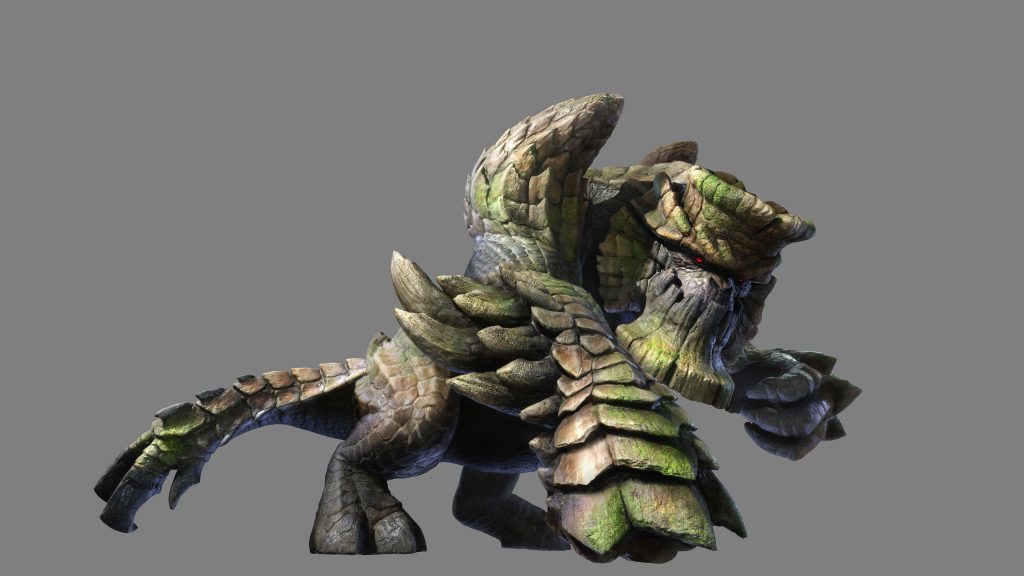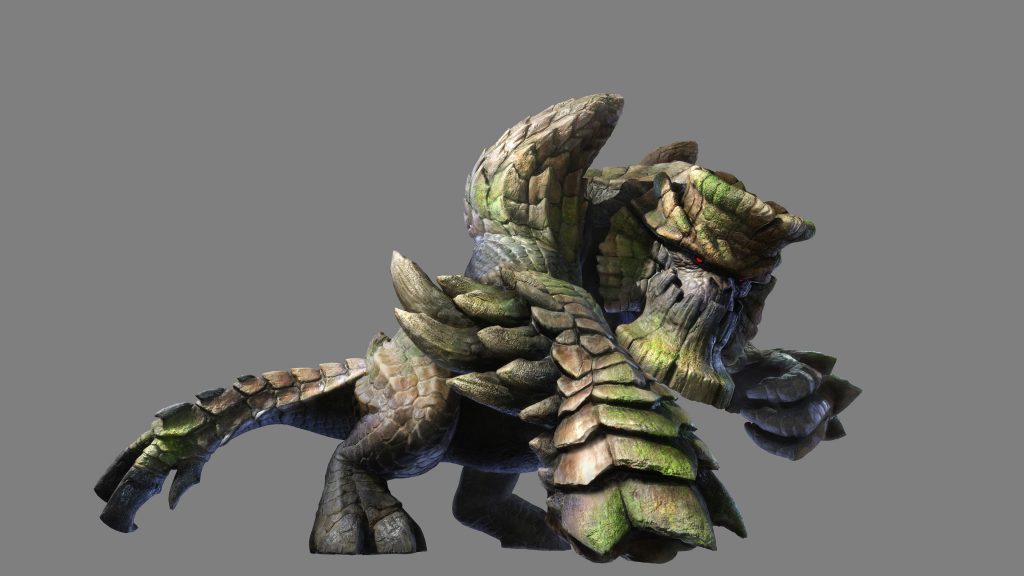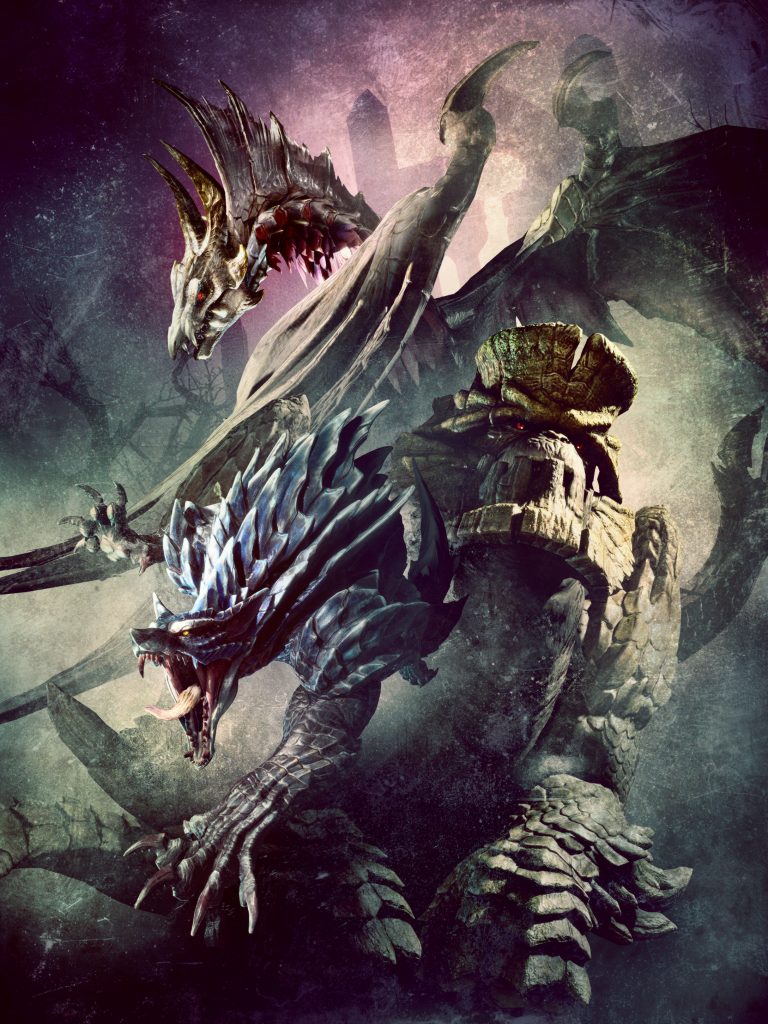
Animating the Monsters of Sunbreak
Apr 07, 2023 // Shibata
Hello everyone! Koichi Shibata here, reporting from the Monster Hunter Rise dev floor!
For our next round of Monster Hunter Rise interviews, I will be talking to Ken Yamazaki, the lead animator for the monsters in Sunbreak.

Q1: First off, could you give us a quick explanation of your role on Sunbreak?
A1: Apart from my tasks as a leader, I was in charge of monster animations. I was mainly in charge of Garangolm, one of the Three Lords. It’s one of the iconic faces of Sunbreak, so I tried my best to make it a unique and memorable monster.


Q2: What kind of themes and guidelines did you use when designing the animations for the monsters?
A2: Garangolm’s motif was Frankenstein’s monster. On top of that, it needed to behave like a “realistic” animal living in nature, so those were the two most important aspects of the animation design. I talked to the team members about its character a lot, and that’s how we ended up with the current Garangolm!
Q3: What kind of process do you go through when creating animations?
A3: The process for making monster animations is to first get a design doc from the game designers that contains info on what kind of gameplay they envision and what type of attacks they want to make. Based on that design doc and the character image of the monster, we start making temp animations. These temp animations are used to test the gameplay, and give a visual impression of the monster’s motions, its characteristics, and its uniqueness, which need to be vetted by the game director and the art director. When we get the OK, we start tweaking the animations in the game, alongside the game design and the VFX, which sometimes involves making modifications to improve the quality. Once the gameplay and visuals are hammered out, we go into the final brush-up phase, and then the animations are done!



Q4: I’ve heard that even the monster animations are made using human motion capture. How does that work?
A4: For characters like Garangolm that have motions that can be “copied” by human beings, we often use motion capture. We even sometimes use motion capture for flying monsters like Malzeno, where the actors have to use their arms as wings. This basically goes for all characters, but motion capture data is generally just used as a base “material,” and the actual finished animations tend to be quite different. However, we still maintain the more detailed movements and expressions the actors use when they play a monster, so we try to make the most out of the captured footage when creating the final animations.


Q5: Being the person who created the animations, it must be really easy for you to dodge a monster’s attacks?
A5: That’s right! For most attacks, I can immediately tell what’s coming just by looking at the start-up animation, so I’m generally able to dodge everything. I also know exactly when the monster is open to counterattacks, so I know when to move in to retaliate. But this knowledge also often leads to overconfidence, so it’s not like I can just trounce every monster I’ve worked on, and I can still have a lot of fun fighting monsters I’m familiar with.
Each monster has its own unique characteristics, so I encourage people to take a close look at the animations (while dodging and keeping a safe distance of course).
– Closing Comment from Shibata:
Thank you, Yamazaki-san!
It’s interesting to know that the animators strive to reflect each monster’s character and uniqueness in the animations, while keeping in mind how “realistic” the monster is as a naturally living creature, and what kind of gameplay they want the players to experience. It must be very satisfying to fight a monster whose attacks you’re intimately familiar with, but still not always being able to avoid them.
Next time, I will be talking to Moeri Abe about Canynes, because we didn’t get around to that when we did the Rise interviews!
-
Brands: Monster HunterTags:
-

Loading...
Platforms:
